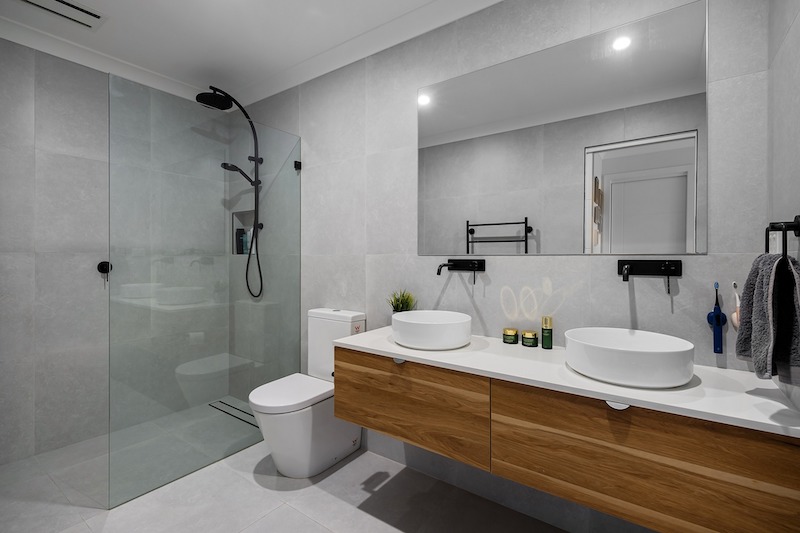How to Stain Bathroom Cabinets: An Extensive Guide
by Gary Wade • March 12, 2024
Bathroom cabinets are not just functional storage spaces; they are a vital component of your bathroom d├ęcor. One way to enhance their look and increase their lifespan is by staining them. In this article, we'll guide you on how to stain bathroom cabinets, step by step, to give them a new lease of life.
Why Stain Bathroom Cabinets?
Staining your bathroom cabinets not only enhances their visual appeal but also offers added protection against moisture and wear, which is especially crucial in a bathroom setting. Moreover, it allows you to match the cabinets to the rest of your bathroom d├ęcor, creating a cohesive aesthetic.
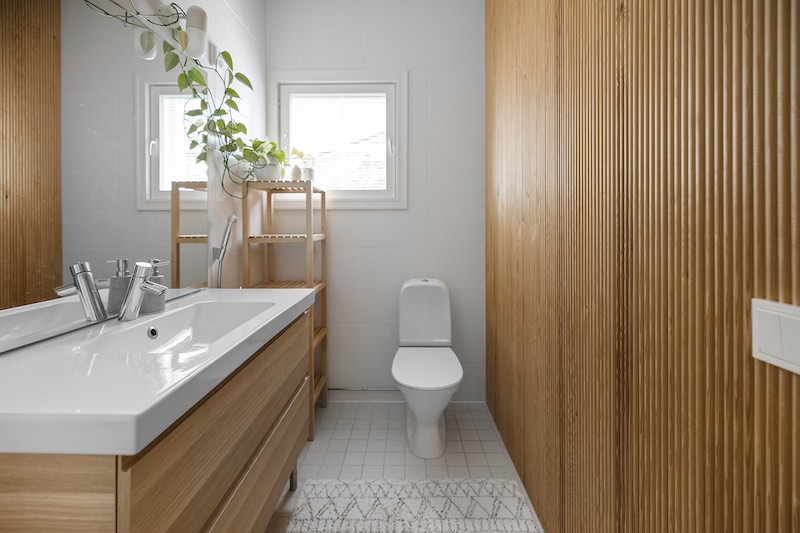
Selecting the Right Stain
Choosing the right stain for your bathroom cabinets is the first step in this process. The stain color you choose will significantly influence the ambiance of the room. For instance, a light stain can make the room feel larger and more open, while a darker stain can add warmth and coziness.
When choosing a stain, also consider the type of wood of your cabinets. Some woods take to certain stains better than others. In general, hardwoods like maple require a conditioner before staining to ensure even absorption.
Types of Stains
There are several types of stains available:
- Oil-Based Stains: These penetrate into the wood without raising the grain and offer a rich color but have a strong odor.
- Water-Based Stains: These are eco-friendly and easy to clean up with soap and water. They may require light sanding to minimize grain raising.
- Gel Stains: These are thicker and provide a very even color but don't penetrate as deeply into the wood.
- Stain/Sealer Combos: These products combine stain and sealer in one, saving a step in the process but offering less control over the final finish.
Choose a stain type that suits your comfort level of application and the desired final look of your cabinets.
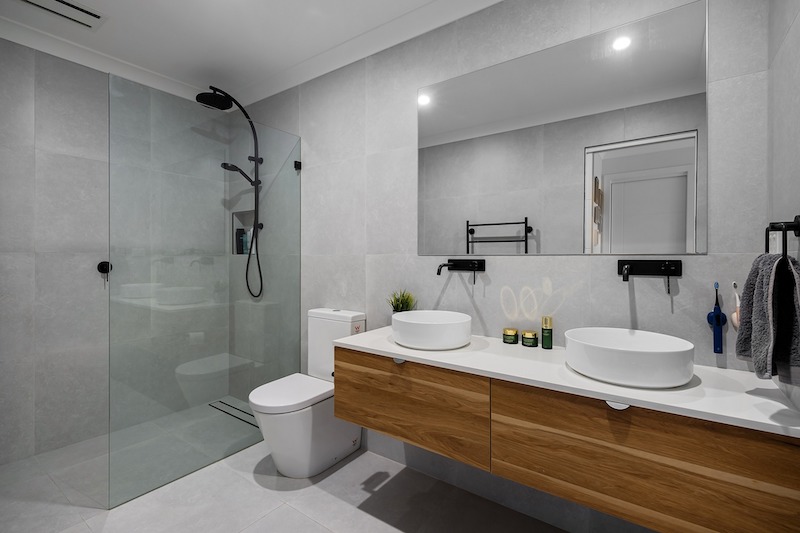
Gathering Necessary Materials
Before you start the staining process, ensure you have all the necessary materials at hand. These include:
- Stain of your choice
- Sandpaper of various grits (medium, fine, and extra fine)
- Wood conditioner (especially for hardwood cabinets)
- Clear topcoat or sealer
- Clean, lint-free cloths
- High-quality brushes
- Screwdriver for removing hardware
- Plastic gloves and safety goggles
- Well-ventilated workspace
Preparing the Cabinets
Proper preparation is key to a successful staining job. Follow these steps:
- Remove Cabinet Hardware: Use a screwdriver to remove all hardware from the cabinets, including handles, knobs, and hinges. Label everything so you can easily reassemble later.
- Clean the Cabinets: Use a mild detergent or a solution of trisodium phosphate (TSP) to thoroughly clean all surfaces of the cabinets. This will remove any grime or residue that could interfere with the staining process.
- Sand the Cabinets: Start with medium-grit sandpaper to remove the old finish and smooth out any imperfections. Then, use fine-grit sandpaper for a final sanding pass. Always sand in the direction of the wood grain to avoid scratching the surface.
- Wipe Down the Cabinets: Use a damp cloth to wipe down the cabinets and remove any dust or debris from sanding. Allow the cabinets to dry completely before proceeding.
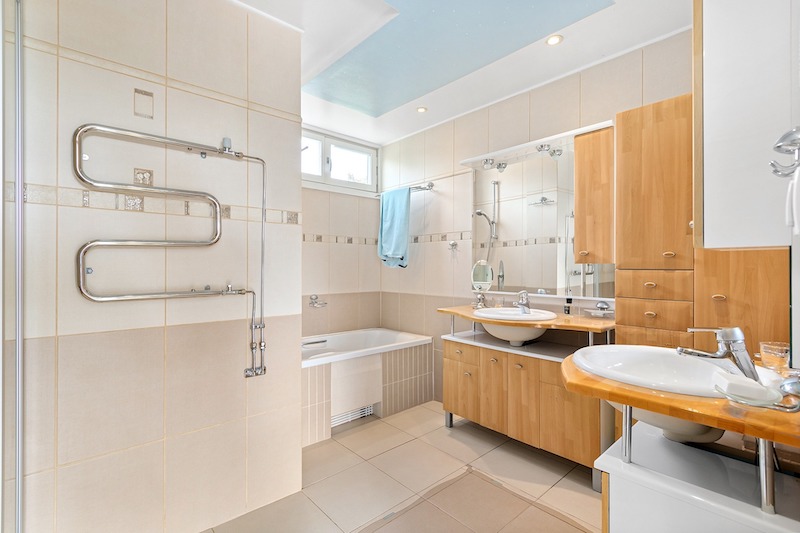
Applying the Stain
Now that your cabinets are clean and smooth, you can start applying the stain. Here are the steps:
- Apply a Wood Conditioner: If you're using a water-based stain or staining hardwood cabinets, consider applying a wood conditioner first. This will help the wood absorb the stain evenly. Apply the conditioner according to the manufacturer's instructions and let it dry.
- Apply the Stain: Using a clean brush or cloth, apply the stain in the direction of the grain. Work in small sections to ensure an even application.
- Wipe Off Excess Stain: After letting the stain sit on the wood for a few minutes (according to the manufacturer's instructions), use a clean cloth to wipe off any excess. This will prevent the stain from appearing too dark or blotchy.
- Let the Stain Dry: Allow the stain to dry completely. This could take anywhere from a few hours to a full day, depending on the stain and the environmental conditions.
Sealing the Cabinets
After the stain has dried completely, it's time to seal the cabinets. This will protect them from moisture and wear and give them a beautiful, glossy finish. Here's how:
- Apply a Clear Topcoat or Sealer: Use a high-quality brush to apply a clear topcoat or sealer to the cabinets. This not only protects the stain but also adds a layer of protection to the wood itself.
- Let the Sealer Dry: Allow the sealer to dry according to the manufacturer's instructions.
- Sand Between Coats: For a really smooth finish, lightly sand the cabinets with extra-fine sandpaper between coats of sealer.
- Apply a Second Coat: If necessary, apply a second coat of sealer for extra protection and a glossier finish.
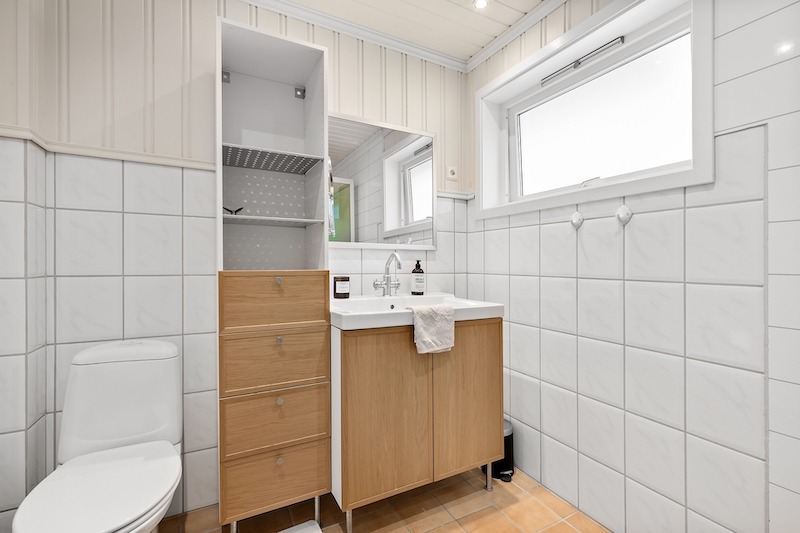
Reassembling the Cabinets
Once the sealer is completely dry, you can reassemble the cabinets. Replace the hardware and reattach the cabinet doors and drawers. Be careful not to scratch your newly stained cabinets while doing so.
Caring for Your Stained Cabinets
After you've learned how to stain bathroom cabinets and have successfully completed the job, it's important to know how to care for them. Regularly dust and clean the cabinets with a mild, non-abrasive cleaner to keep them looking their best. Avoid using excessive water, which can damage the finish and the wood underneath.
Learning How to Stain Bathroom Cabinets
Learning how to refinish bathroom cabinets with stain is a rewarding DIY project that can radically transform the look of your bathroom. With the right tools and techniques, you can achieve a professional-looking finish that adds warmth, depth, and elegance to your space. Whether you're a seasoned DIY enthusiast or a newbie, staining cabinets is a task that's well within your reach.
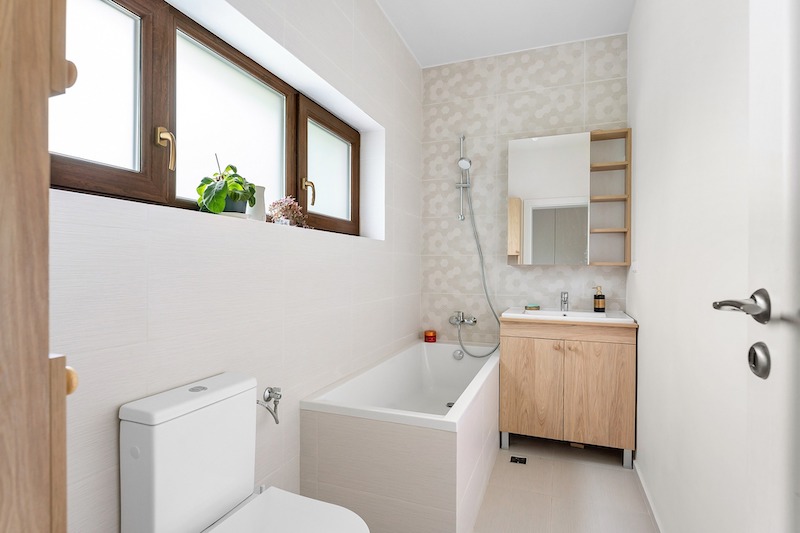
Key Takeaways
- Staining bathroom cabinets enhances their visual appeal, protects them from moisture and wear, and allows you to customize their color to match your d├ęcor.
- Choose a stain that complements the wood type of your cabinets. Consider using a wood conditioner, especially for hardwood cabinets, to ensure even stain absorption.
- Proper preparation of the cabinets, including removing hardware, cleaning, and sanding, is crucial for a successful staining job.
- Apply the stain evenly, allow it to penetrate the wood, then wipe off any excess. Let the stain dry completely before applying a clear topcoat or sealer for protection and a glossy finish.
- After the sealer is dry, reassemble the cabinets. Care for your newly stained cabinets by regularly dusting and cleaning them with a mild, non-abrasive cleaner.


